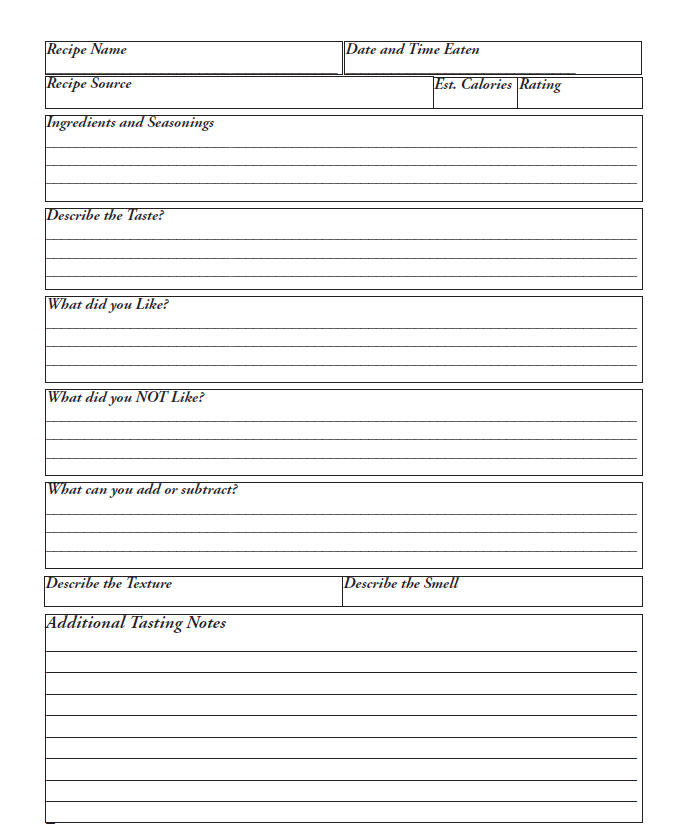
Learning your flavor palate takes a little bit of work, but it is well worth it! Up until now, we have been discussing what flavor is and where it comes from. Understanding the simple culinary theories on flavor is very important. By understanding flavor and its root, you can begin to understand how to develop flavors you love. You also learn to omit, augment, or modify flavors that you don’t like. Many dishes or recipes may also contain a food that you may not care for, but was important for a specific flavor quality that needed to be extracted.
A perfect example of this is in the manufacture of perfume. The best perfumes in the world are not simply sweet or floral. They always have a touch of a bitter or offensive odor that adds complexity to the perfume. The same is true for food as well. Take cumin for example. Quite frankly, raw ground cumin smells like unwashed arm pits. But, when employed with chicken or pork, it becomes a warm and filling spice that grants depth of character.
You Learn Your Flavor Palate Through Experience
Before we can begin to build that depth of character, YOU MUST learn through experience the flavors you enjoy and the flavors you dislike. Then you can decide if it is because it is the root flavor, a combination of flavors, or its aromatic quality. In this section, I will be teaching you a proper method for self discovery and how to understand flavor in the real world.
Cancer Patients MUST Learn their Flavor Palate
Learning your flavor palate is extremely important for cancer patients and their caregivers. It enables you to make more informed decisions when cooking and eating. A woman at one of my speaking engagements was having difficulty finding foods that she could eat.
At this class, I had prepared a large pot of chili for an after class snack. She was eating the crackers with no issues, but was having difficulty eating the chili itself. I worked with her and we began isolating the individual senses that were involved in the eating experience. This was to help us determine WHERE the offensive flavor was coming from. Was it the beans, cumin, or onions? I asked her to pinch her nose and taste the chili.
She immediately said that she loved the flavor of it and no longer found it to be offensive. “Ah ha!” I thought to myself. “It must be the smell or aromatic quality of one of the items.” Next, we smelled all the individual ingredients. When we got to the cumin she was immediately nauseated.
Bing, bang, boom! Right there at that moment we both had an “ah-ha!” moment of understanding that it was the cumin in the dish that she was having trouble with. The conclusion is that by omission of the cumin, she was able to get hungry and eat again with much less difficulty. Start thinking “What foods or seasonings am I having difficulty with?”